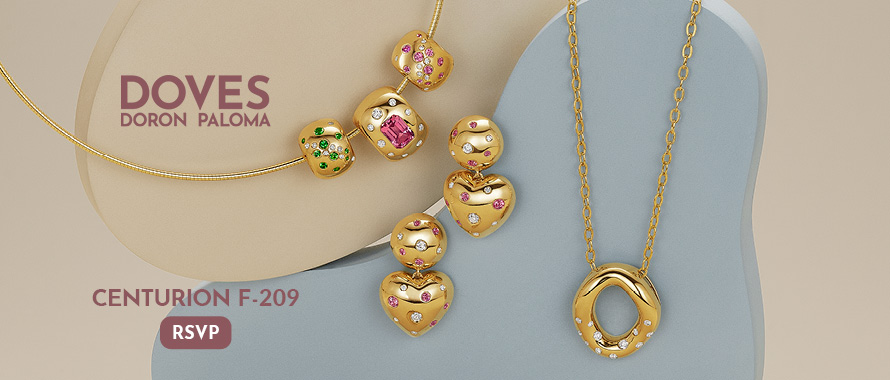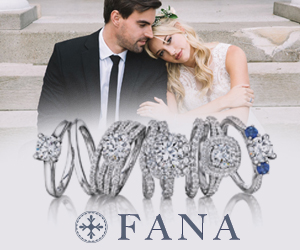Sales Strategy
Inside Bulgari’s Journey Of Diversification July 04, 2023 (0 comments)

Rome, Italy--From humble beginnings in 1884, Bulgari's inception was defined by a limited range of silver jewelry pieces. The course of World War II, however, dictated a change of materials. Scarcity led to the introduction of yellow gold into their portfolio, creating the iconic Serpenti bracelet watches.
[Screenshot image via Bulgari]
According to an essay on Ivy Panda, in 1980, the establishment of 'The Bvlgari Time Company in Switzerland marked Bulgari's entry into the timepiece sector. Fast forward to 1992, the brand expanded further by launching its inaugural fragrance, Eau Parfumee au The Vert. A milestone was reached in 2004 when Bulgari ventured into the hotel industry through a partnership with Luxury Group, a Marriott International wing. Their first luxury hotel was set up in Milan in 2004, followed by launches in Bali (2006), London (2012), Beijing (2017), Dubai (2017), and Shanghai (2018).
The essay noted that the diversification strategy adopted by Bulgari aligns with one of the strategies presented in The Ansoff Matrix. The latter is an invaluable tool that guides managers in formulating product and market growth strategies. Diversification, the highest risk strategy, involves marketing novel products in new markets.
Applying the force field analysis to gauge Bulgari's diversification success, we consider the driving and restraining forces. Driving forces include the advantages of diversification, while restraining forces represent its potential disadvantages. Factors such as exposure offset, investment costs, and market volatility are weighed to derive a balanced view.
The essay noted that the force field analysis reveals that the benefits of Bulgari's diversification outweigh the potential challenges. Increased market share, higher profit margins, reduced marketing costs, and economies of scale have enabled Bulgari to invest in research and development, attract new investors, and stay relevant in the market.
However, potential risks are also at play. Entering foreign markets can lead to losses, while expanding into new industries requires specialist management, increasing variable costs. These risks, though significant, were effectively managed by Bulgari.
As per the essay, Bulgari's successful diversification journey has led to it becoming a master of reinvention in the jewelry business, continuously diversifying its product offerings from high-end jewelry to luxury watches, fragrances, and hotels, keeping the brand relevant and influential.
The brand's association with prominent figures, such as Elizabeth Taylor and other movie stars, reinforces its image as a luxury brand, increasing its appeal and market reach. Despite the potential challenges, Bulgari's diversification strategy remains effective, maintaining its place in the high-end luxury market.
Learn more in the essay at Ivy Panda.






